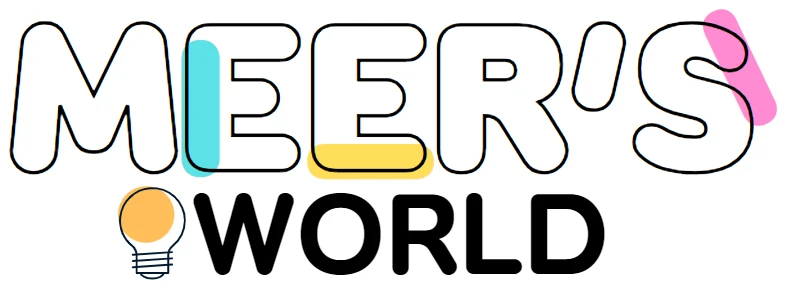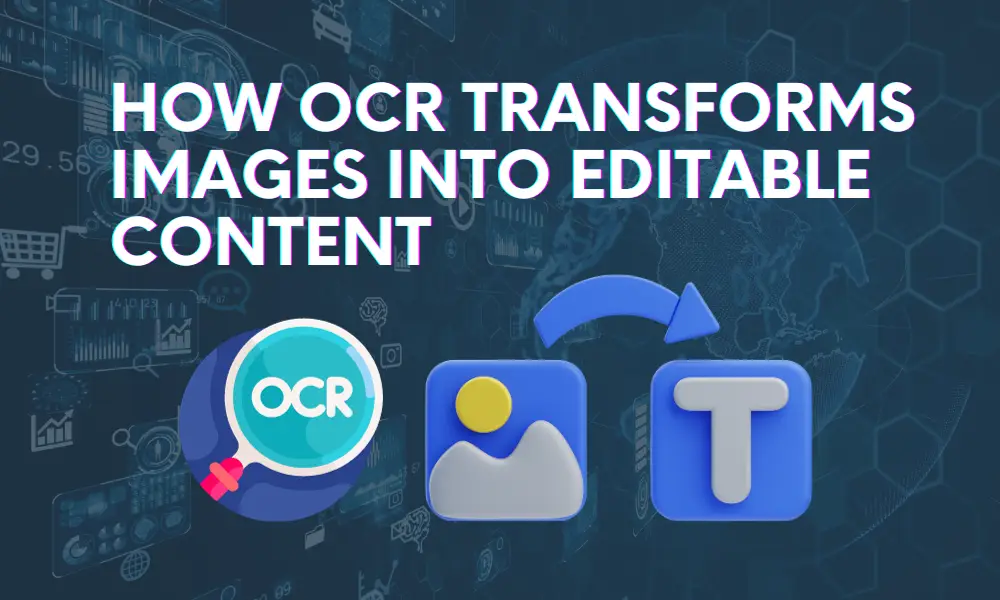Optical Character Recognition (OCR) is a technology that has revolutionized the way we interact with printed text records. OCR technology enables the conversion of images of typed, printed, or handwritten text into machine-encoded text, making it easier to edit, search, store, and display electronically. OCR technology analyzes the pixel patterns, identifies characters, and translates them into machine-readable text.
This technology has a wide range of applications, including digitizing printed text records such as invoices, bank statements, passport documents, business cards, and mail.
In this review, we will take a comprehensive look at how OCR transforms images into editable content. We will explore the history of OCR technology, its working principles, and its applications in various industries. We will also examine the advantages and limitations of OCR technology and provide you with an informed opinion on whether or not it is worth the investment.
Whether you are a student, a professional, or a business owner, OCR technology is sure to make your life easier.
So, sit back, relax, and let’s dive into the world of OCR technology.
How OCR Revolutionizes Document Management and Accessibility
OCR is a major revolution in how documents are managed and made accessible. There were physical documents, restricting their accessibility and searchability. The document can be digitized with an OCR that enables easy storage, search, and retrieval.
OCR enables document conversion into editable and thus facilitates text-to-speech synthesis for the benefit of visually deficient people. It also makes text transfers across languages easy, thereby broadening the worldwide use of information.
Real-world applications of OCR
OCR technology has found extensive applications across various domains, significantly impacting efficiency and accessibility.
In business and finance, organizations leverage OCR for digitizing contracts, invoices, and receipts. You can use a jpg to word converter, which is very useful for saving time. This process streamlines data entry, reduces manual errors, and expedites information retrieval.
In education, OCR facilitates the scanning of textbooks, research papers, and historical documents you must use jpg to word converter. This aids in preserving and disseminating valuable information while enabling easier access and searchability.
Moreover, at a personal level, OCR is utilized for converting handwritten notes and extracting jpg to word converter, simplifying tasks and enhancing productivity.
Challenges and Limitations of OCR
The challenges impeding optic character recognition accuracy include, but are not restricted to. Many times, OCR systems fail character recognition when confronted with complex fonts and complicated layouts. Furthermore, poor quality of images or resolutions makes such errors more severe and interferes with getting reliable information out of it.
There are several factors with regard to font type, size variation and jpg-conversion quality that seriously affect OCR accuracy and thus limit its possibility for true information extraction at 100%.
However, these problems still exist as they show that there is still room for improvement in order to make OCR more reliable when dealing with various kinds of typography forms and different conditions of images.
The Process of OCR
The process of OCR works in three steps (1) Image Acquisition and Pre-processing (2) Character Recognition Character (3) Text Extraction and Formatting.
Step 1: Image Acquisition and Pre-processing
The OCR journey begins with acquiring images through scanning or capturing documents, ensuring high-quality inputs. Pre-processing manipulates these images by adjusting factors like brightness, contrast, and resolution. This optimization enhances the clarity and legibility of the text for better character recognition. Deskewing corrects any tilted or skewed images, aligning them properly to facilitate accurate character identification.
Step 2: Character Recognition Character
Recognition involves dissecting the processed images to identify individual characters. Diverse algorithms, such as template matching and neural networks, are employed for this task. These algorithms analyze pixel patterns to distinguish and interpret characters.
However, the accuracy of this stage is influenced by several factors like font styles, sizes, image quality variations, and complexities within the document layout. These variables can challenge the OCR system’s ability to precisely recognize characters.
Step 3: Text Extraction and Formatting
Once characters are recognized, the OCR system arranges them into words and sentences during text extraction. This phase includes analyzing the layout structures of the document, such as tables, paragraphs, or columns, to ensure proper formatting of the extracted text.
The resulting text can be saved in various file formats like Word, PDF, or TXT, maintaining the original document’s structure and content. This step finalizes the transformation of the jpg into a word converter and searchable text, ready for use in different applications or for archiving purposes.
Different Types of OCR
The range of such OCR includes different kinds, specific for particular purposes. Online OCR operates with a connection to the Internet and offline solutions operate without any connection to the internet. Unlike on-premise, cloud-based OER uses remote servers as opposed to local systems. HWR decodes handwritten text whereas multilingual OCR handles multiple languages.
Furthermore, OCR goes into the area of medicine, law or music, bringing a specific solution that is applicable to complex documents belonging to different fields. Such divergent versions highlight the flexibility of the OCRs in different settings and sectors where they provide tailored features suited towards particular purposes.
The Future of OCR
Machine learning and artificial intelligence will play an important role in the evolution of optical character recognition, promising a more precise tomorrow. The future of OCR lies in advancement in areas such as character recognition, optical character imaging with layout analysis, and multilingual character classification.
The integration of this OCR’s capabilities with document analysis tools and intelligent automation systems will help to smoothen workflows and develop better document understanding. These developments are aimed at making OCR more democratic, accessible and affordable to various areas of businesses and people at large by offering easily usable, efficient and reliable text recognition systems.
Conclusion
This transformation has revolutionized how we handle documents, leading to better ways of engagement with information. It has transformed how different industries work, as it excels in changing pictures to searchable and editable text. Regardless of the challenges, it is becoming widely used across business, education and other societal issues for improved efficiency, accessibility, and information management.
The ongoing evolution of OCR signals a future poised for unprecedented advancements, poised to redefine how we interact, interpret, and extract insights from an ever-expanding pool of information, promising continued strides in efficiency, accessibility, and information management.
Also Read
- Winning The Instagram Marketing Race: Strategies To Outshine Your Brand’s Competitors
- Tips for Selecting the Right Payroll Software for Your Business
- Artificial Intelligence & Future of Jobs | Impacts of AI on Jobs
- How to Convert Pinterest Personal Account to Business Account
- Unveiling Brand Magic Crafting Meaningful Connections






Leave a Reply